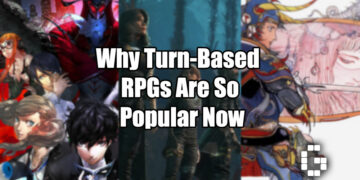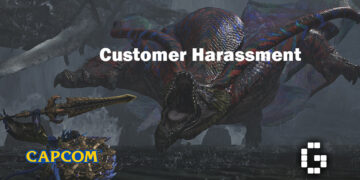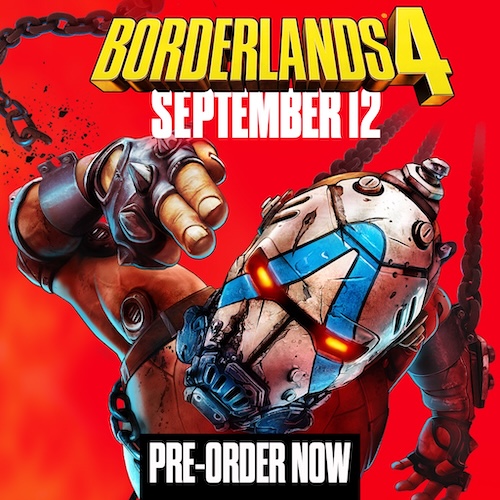Developer Dimps’ Dragon Ball: The Breakers is finally out and we got our hands on the full game, and here is our review of it.
With that being said, our review of Dragon Ball: The Breakers will focus more on the other aspects of the game other than the gameplay as we’ve covered that before in our previous preview of the game.
 But in short, Dragon Ball: The Breakers is Bandai Namco’s asymmetrical multiplayer game set in the Dragon Ball universe where it pits seven players playing the role of the survivors who are regular civilians as they try to escape the wrath of the Raider, which is one of the famous rivals from the franchise who is also controlled by a player.
But in short, Dragon Ball: The Breakers is Bandai Namco’s asymmetrical multiplayer game set in the Dragon Ball universe where it pits seven players playing the role of the survivors who are regular civilians as they try to escape the wrath of the Raider, which is one of the famous rivals from the franchise who is also controlled by a player.
Story
 Considering Dragon Ball: The Breakers is an “asymmetrical concept” type of game, similar to Dead by Daylight, there isn’t much of a story narrative. Although the prologue of the game covers the events that led up after Frieza’s ultimate demise but prior to the introduction of Cell, along with “Future” Trunks.
Considering Dragon Ball: The Breakers is an “asymmetrical concept” type of game, similar to Dead by Daylight, there isn’t much of a story narrative. Although the prologue of the game covers the events that led up after Frieza’s ultimate demise but prior to the introduction of Cell, along with “Future” Trunks.
The prologue also acts as a tutorial of the standard gameplay loop of continuously fighting impossibly difficult opponents that Goku and co. had faced by attempting to run away using the Time Machine, or at least die trying.
 As a fan of the Dragon Ball franchise, I absolutely adore both the Raiders and the Survivors as it spins on a new take on Dragon Ball as a whole. In a previous interview with Ryousuke Hara, the producer of Dragon Ball: The Breakers, he mentioned that the premise of this game was to evoke the sensation of an “overwhelming contrast in powers” between the Raiders and the Survivors, and I truly believe that they’ve nailed that concept down. Being able to see Majin Buu decimating 3-4 players all at once truly hit home for me.
As a fan of the Dragon Ball franchise, I absolutely adore both the Raiders and the Survivors as it spins on a new take on Dragon Ball as a whole. In a previous interview with Ryousuke Hara, the producer of Dragon Ball: The Breakers, he mentioned that the premise of this game was to evoke the sensation of an “overwhelming contrast in powers” between the Raiders and the Survivors, and I truly believe that they’ve nailed that concept down. Being able to see Majin Buu decimating 3-4 players all at once truly hit home for me.
Into the Multiverse
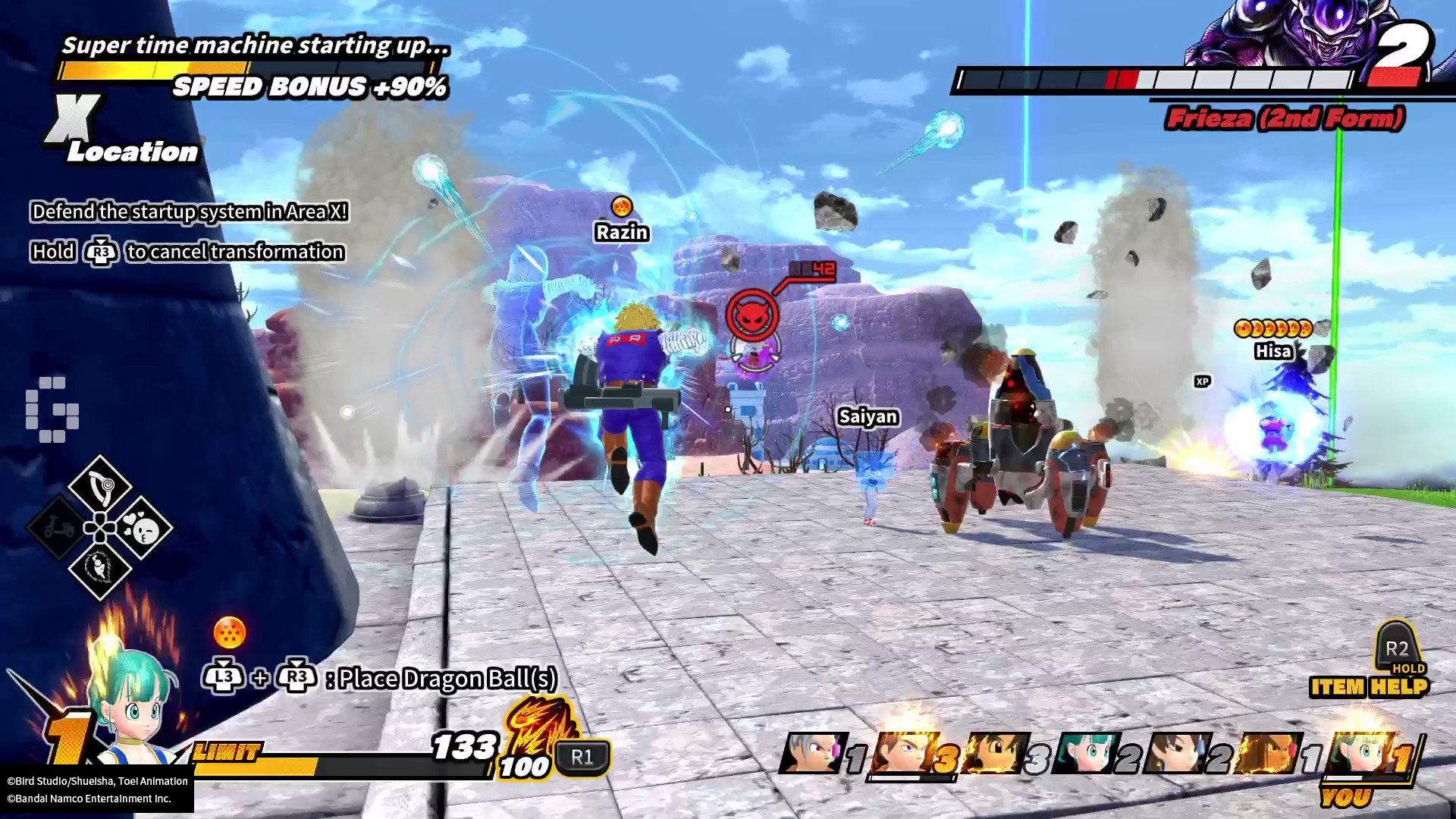 Throughout our review of Dragon Ball: The Breakers, while the prologue acts as a great introduction to the concept of the game being an asymmetric game as well as a tutorial, I personally felt that it didn’t quite assist me in understanding the mechanics of the game.
Throughout our review of Dragon Ball: The Breakers, while the prologue acts as a great introduction to the concept of the game being an asymmetric game as well as a tutorial, I personally felt that it didn’t quite assist me in understanding the mechanics of the game.
The game also has a manual but has minimal information and conceals a lot of useful details. For one, the last part of the training page mentions skills that goes past level 10, any character will be able to use those skills. Which I think is a pretty important detail but with it being on the last part of the training page, a lot of people might’ve skipped over it without realising it.
 Outside of the game’s prologue, there is a practice mode that allows players to mess along with the mechanics as well as a trial match option, although the latter requires a whole team of eight players to set up for it.
Outside of the game’s prologue, there is a practice mode that allows players to mess along with the mechanics as well as a trial match option, although the latter requires a whole team of eight players to set up for it.
While having a trial match is good, the problem that lies with it is how you’ll need to gather 8 players all at once to set up the trial match, which can be rather difficult to organise since the game isn’t free to play. Even if you were to have 8 players all be available to play the game, it would be better to just play a real match.
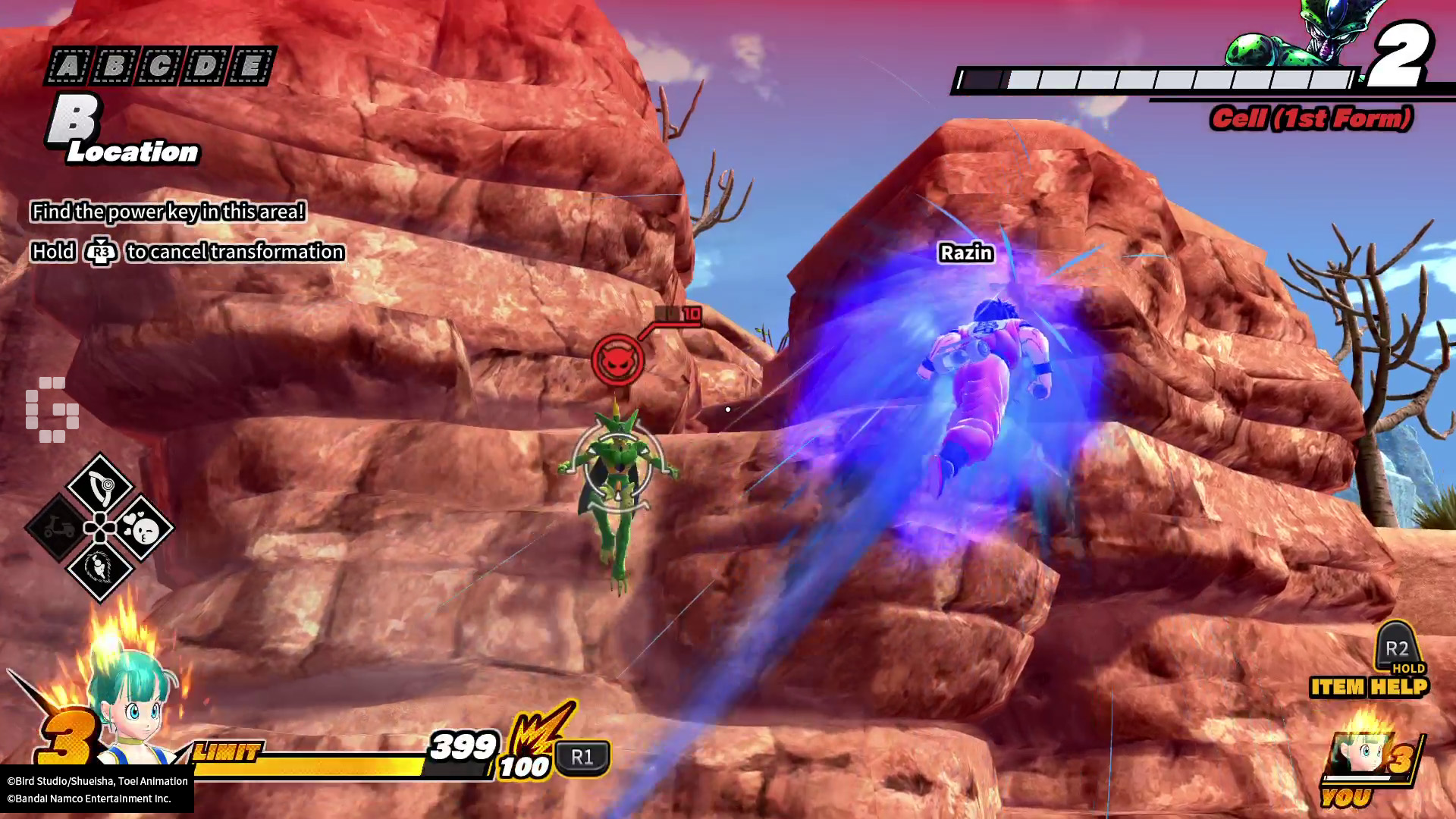 The game currently only allows you to practice as the Survivors, but not the Raiders. So it would be difficult for new players to try out that role as the only way for them is through trial by fire from playing in a real match, which can potentially ruin the experience for some of the other players.
The game currently only allows you to practice as the Survivors, but not the Raiders. So it would be difficult for new players to try out that role as the only way for them is through trial by fire from playing in a real match, which can potentially ruin the experience for some of the other players.
Reading the Power Levels
And because of these issues mentioned previously, most players wouldn’t quite understand what is required for them to succeed. For an example, even if the Raider is substantially lower level compared to the Survivor, who has a Dragon Change lvl.3, the Raider would always prevail in a 1-on-1 battle.
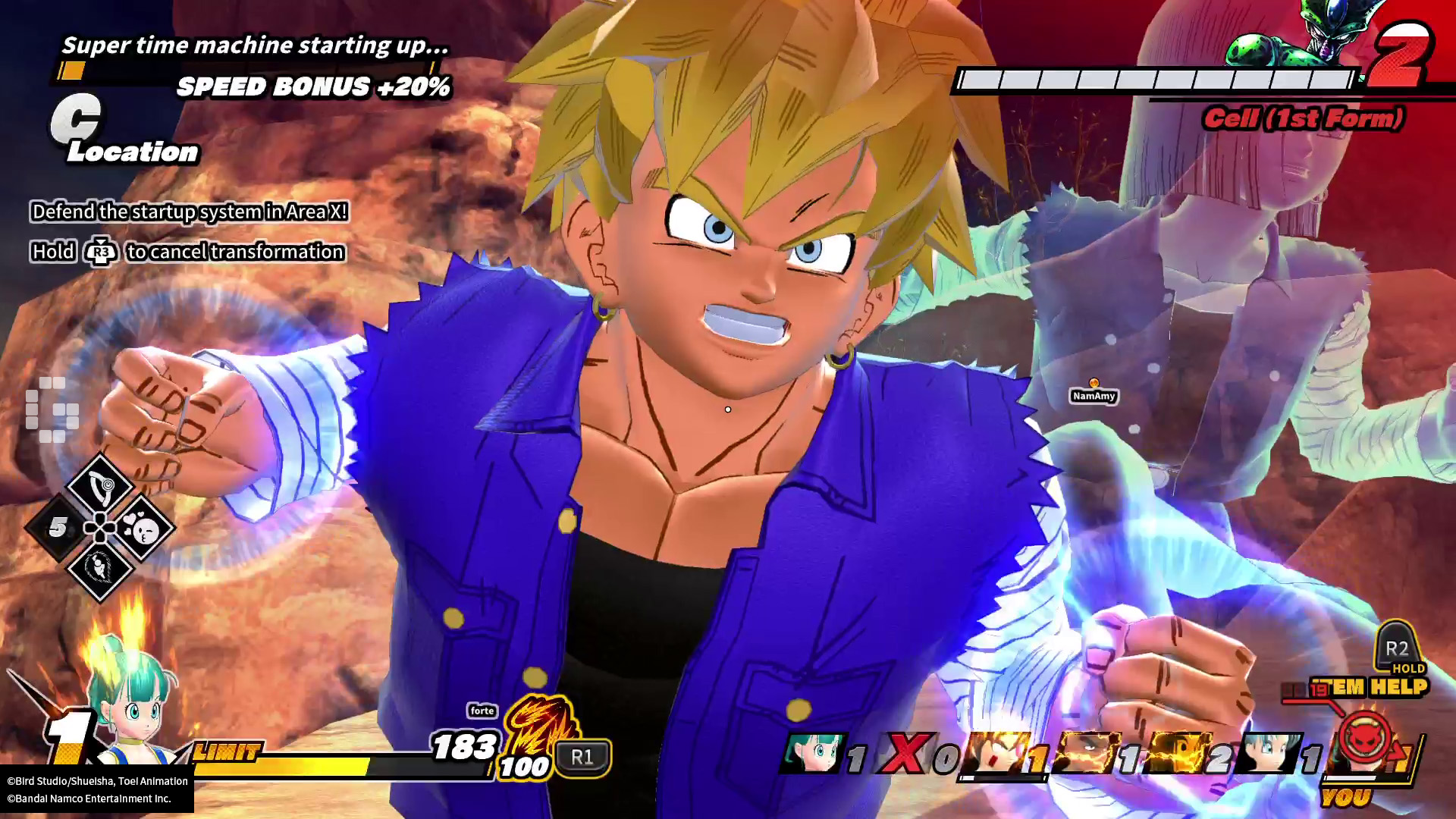 A lot of players, myself included, tend to rush down the Raider because we don’t exactly comprehend the gameplay, which ultimately causes the Survivors to lose. Players will need to learn numerous mechanics, useful components along with other variables if they want to succeed, which is hidden away in the manual.
A lot of players, myself included, tend to rush down the Raider because we don’t exactly comprehend the gameplay, which ultimately causes the Survivors to lose. Players will need to learn numerous mechanics, useful components along with other variables if they want to succeed, which is hidden away in the manual.
I personally feel like the matches would’ve been a bit more entertaining when both sides are evenly matched. But in this scenario, the Raiders go about trying to murder the Survivors and power up while the Survivors must scramble about gathering resources.
 Instead of escaping, the Survivors can also choose to gang up against the Raider where at least four to five players will have to do a barrage of punches or special attacks that overwhelm and hopefully defeat the Raider.
Instead of escaping, the Survivors can also choose to gang up against the Raider where at least four to five players will have to do a barrage of punches or special attacks that overwhelm and hopefully defeat the Raider.
While it may sound easy on paper, most players are unaware of the importance of teamwork. And instead of continuing with the momentum, most of the time they would instead attempt to either take on the invader alone or be too preoccupied with other needless activities.
Gacha and Battle Pass
The list of characters in the roster pool that we can Dragon Change into is unexpectedly large even during launch. There are at least 8 transformations that are available which are Goku, Vegeta, Gohan, Piccolo, Krillin, Trunks, Tien, Yamcha and Android 18. And given that the gacha banner is called Spirit Siphon Vol. 1, expect more characters to be added into the game soon.
 Although, at the present time, there are no current indicators talking about the rates of pulling for a 5 Star characters, which can be annoying at times as I would like to at least know what are my odds before dumping in my life savings into a banner.
Although, at the present time, there are no current indicators talking about the rates of pulling for a 5 Star characters, which can be annoying at times as I would like to at least know what are my odds before dumping in my life savings into a banner.
The character skills that we use during Dragon Change can be unlocked through either training or using Spirit Siphon. While the passive skills must be acquired through RNG, which in some circumstances have a 1% chance of appearing and requires a significant amount of grinding. Super attacks can be acquired through training but they are usually quite expensive.
A battle pass system is also introduced in Dragon Ball: The Breakers where the levels are separated by Dragon Tiers. The battle pass includes several resources such as Spirit Siphon pulls and cosmetic items. Players can advance in the Dragon Tiers by completing daily and weekly challenges or alternatively, spending real life money.
 On the topic of the character skills, I personally feel like it allows for a lot of player expression. I was able to create a variety of Survivor loadouts, and no single loadout dominates the competition, even if you were to know the Raider playstyle. Which I believe to be a good thing which makes the gameplay balanced.
On the topic of the character skills, I personally feel like it allows for a lot of player expression. I was able to create a variety of Survivor loadouts, and no single loadout dominates the competition, even if you were to know the Raider playstyle. Which I believe to be a good thing which makes the gameplay balanced.
 Additionally, the cosmetics are phenomenal and it manages to give a major throwback to the Dragon Ball franchise like Kid Goku till the early Dragon Ball Z eras.
Additionally, the cosmetics are phenomenal and it manages to give a major throwback to the Dragon Ball franchise like Kid Goku till the early Dragon Ball Z eras.
Verdict
 From our review of Dragon Ball: The Breakers, the game has a few flaws but I wouldn’t consider it to be a bad game. My main gripe with the game lies with its inadequate tutorial that doesn’t help beginners which in turn would cause frustration to players that matches up with said beginner players.
From our review of Dragon Ball: The Breakers, the game has a few flaws but I wouldn’t consider it to be a bad game. My main gripe with the game lies with its inadequate tutorial that doesn’t help beginners which in turn would cause frustration to players that matches up with said beginner players.
Paired that up with the long grind for skills and uncertainties with the RNG, it would be a potential problem that would drive away players.
However, if everyone is at their best, the game is a lot of fun. The concept is great, running way from Frieza couldn’t be much more fun with the wide variety of playable skills at your disposal, all of which have the potential to be powerful in the appropriate solutions.
At the end of the day, I still find that exploring a Dragon Ball world from a civilian side perspective is really enjoyable. I believe that you would enjoy Dragon Ball: The Breakers if you have a squad or appreciate the franchise.
| Pros | Cons |
| They nailed the concept | Hard to understand mechanics |
| Controls are easy | Gacha is a grind, paired with low rates |
| Visuals are lovely | Less desirable practice mode |
 Dragon Ball: The Breakers was reviewed on PlayStation 5.
Dragon Ball: The Breakers was reviewed on PlayStation 5.








![[EXCLUSIVE] Studio 4°C Co-Founder Koji Morimoto on AI, Creativity, and Animation’s Future at ASEAN Digital Summit 2025](https://cdn.gamerbraves.com/2025/09/Koji-Morimoto-Exclusive_Interview_FI-360x180.jpg)

![[EXCLUSIVE] Team Ragnarok Takes the Crown – Yu-Gi-Oh! Master Duel 2025 World Champions Interview](https://cdn.gamerbraves.com/2025/09/YuGiOh-MD-Winner_Interview_FI-360x180.jpg)
![[EXCLUSIVE] The Rise of a Champion: Yu-Gi-Oh! World Championship 2025 TCG Champion Julien Kehon Speaks Out](https://cdn.gamerbraves.com/2025/09/YuGiOh-TCG-Winner_Interview_FI-360x180.jpg)
![[EXCLUSIVE] Behind the Victories: Insights from Yu-Gi-Oh! DUEL LINKS WCS 2025 Champions](https://cdn.gamerbraves.com/2025/08/YuGiOh-Duel-Links-WCS-2025_News_FI-360x180.jpg)
![[EXCLUSIVE] Ink, Identity, and Choice: The Story Behind Realm of Ink](https://cdn.gamerbraves.com/2025/08/Realm-of-Ink-gamescom-2025_Interview_FI-360x180.jpg)
![[EXCLUSIVE] The Story Behind ROG’s Team Up with Xbox for the ROG Xbox Ally at gamescom 2025](https://cdn.gamerbraves.com/2025/08/ROG-Xbox-Ally-Interview_Interview_Galip-solo-2-360x180.jpg)
![[EXCLUSIVE] gamescom asia Project Director Daria La Valle Explains the Historic Move to Thailand](https://cdn.gamerbraves.com/2025/08/gamescom-2025-Asia_Interview_FI-360x180.jpg)
![[EXCLUSIVE] Where Winds Meet Dev Team Talks Building a Living Wuxia World at gamescom 2025](https://cdn.gamerbraves.com/2025/08/Where-Winds-Meet-Interview_Interview_Eric-Zheng-solo-360x180.jpg)
![[EXCLUSIVE] Inside Sonic Racing: CrossWorlds with the Development Team During gamescom 2025](https://cdn.gamerbraves.com/2025/08/Sonic-Racing-gamescom-2025_Interview_FI-360x180.jpg)





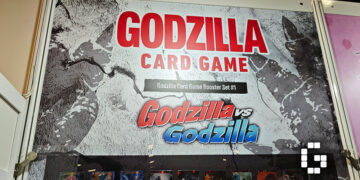
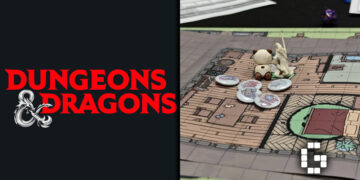
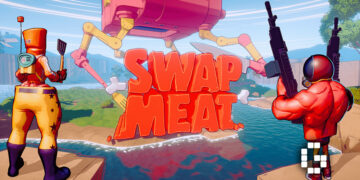
![[GIVEAWAY] SHINOBI: Art of Vengeance Delivers the Deep Combat Modern Action Gamers Want](https://cdn.gamerbraves.com/2025/08/Shinobi_Feature_FI-360x180.jpg)
